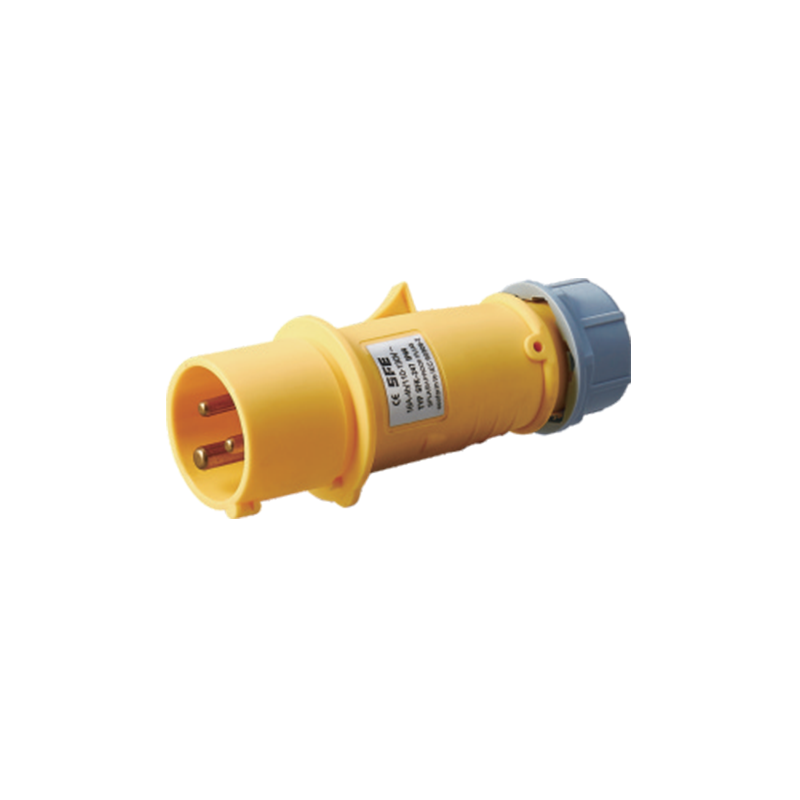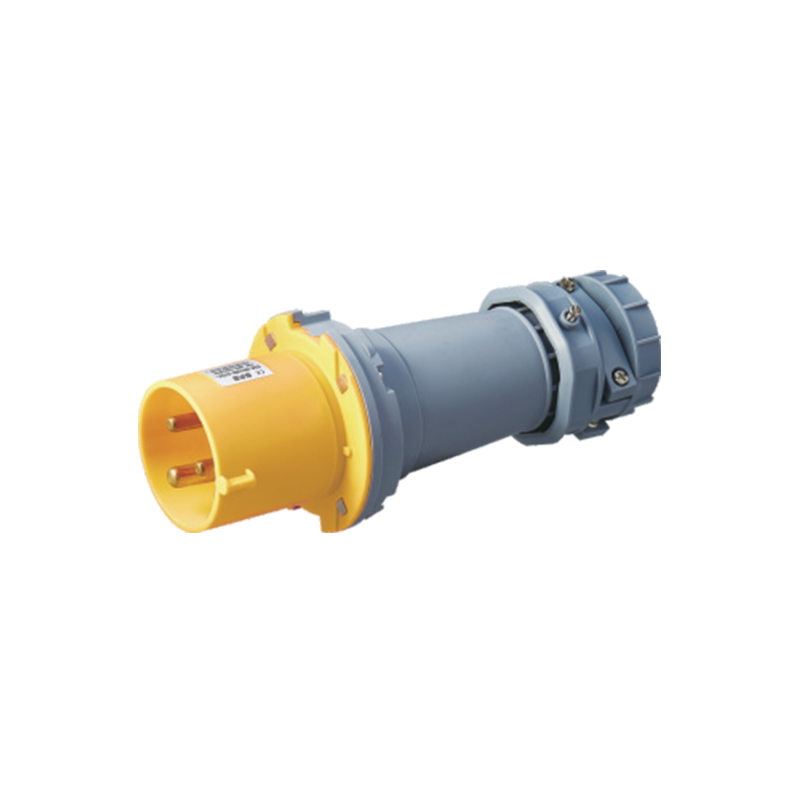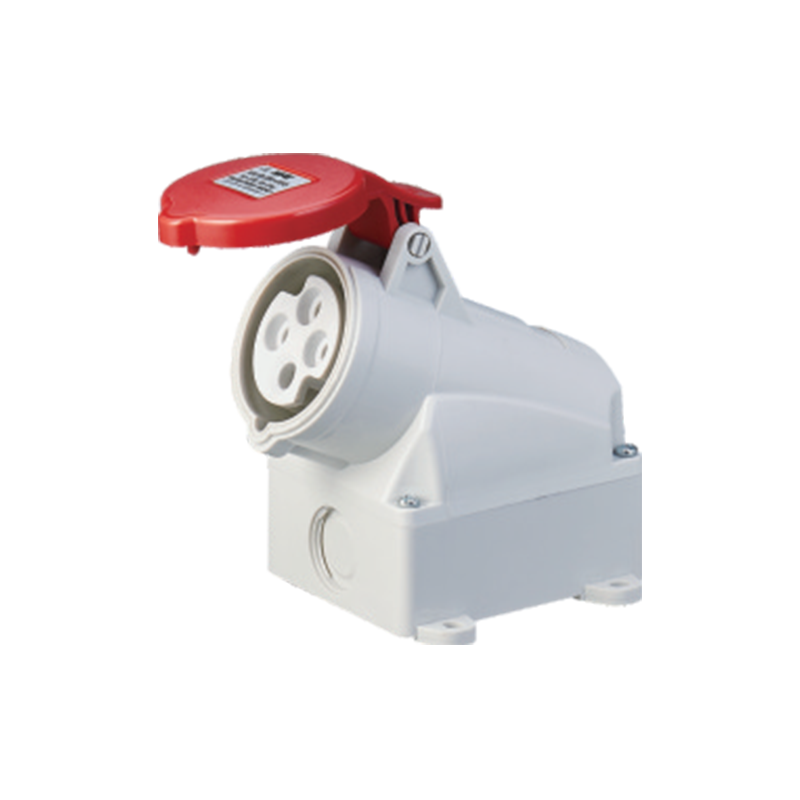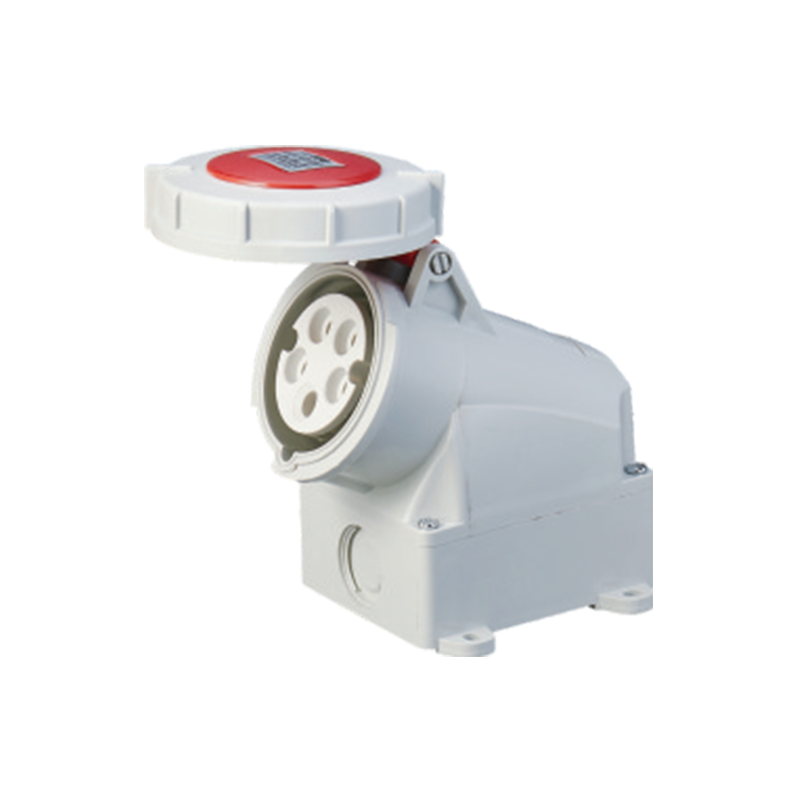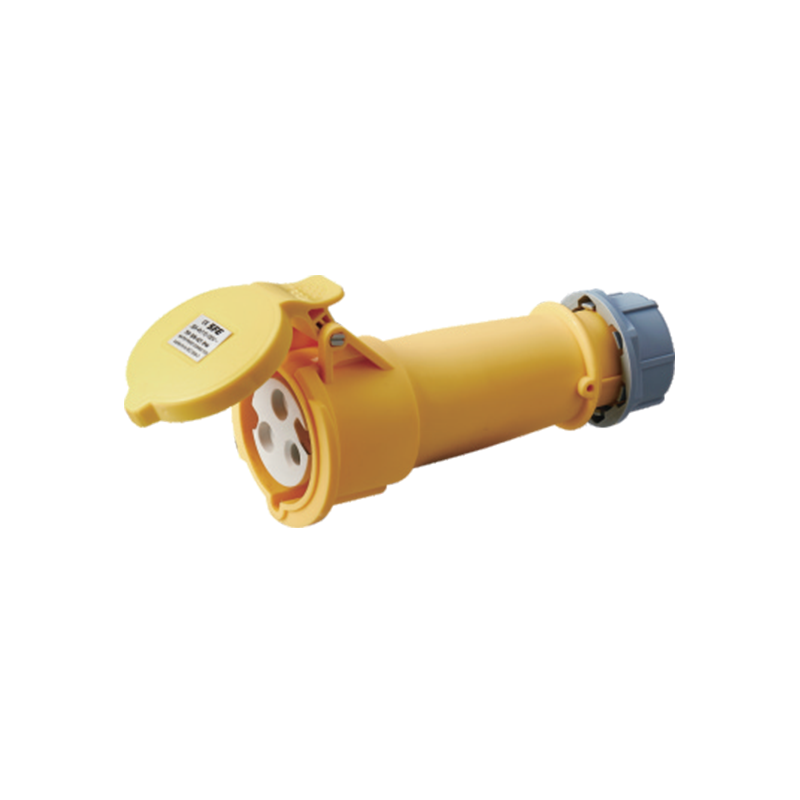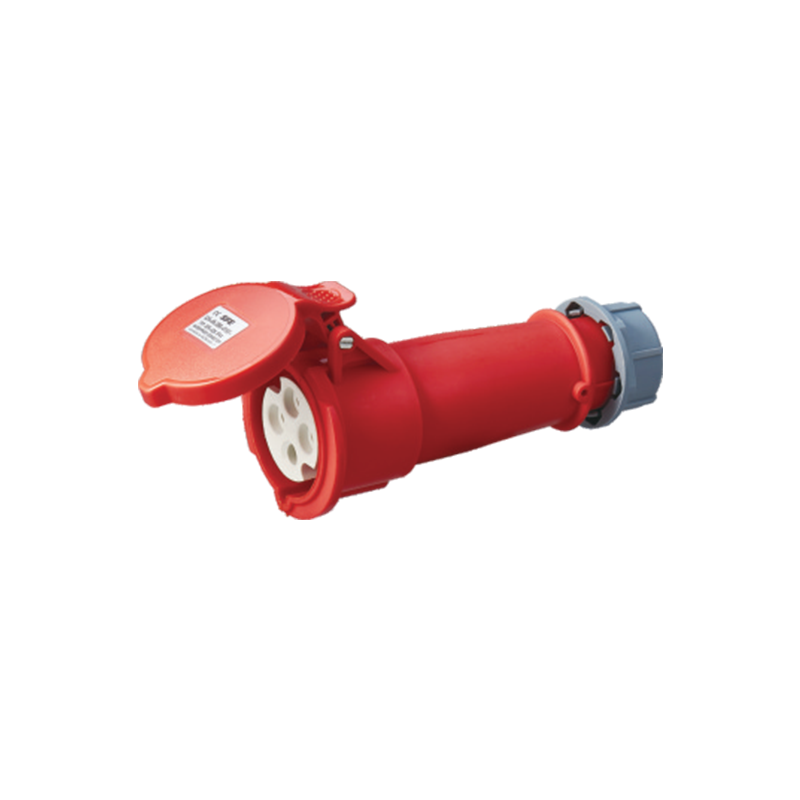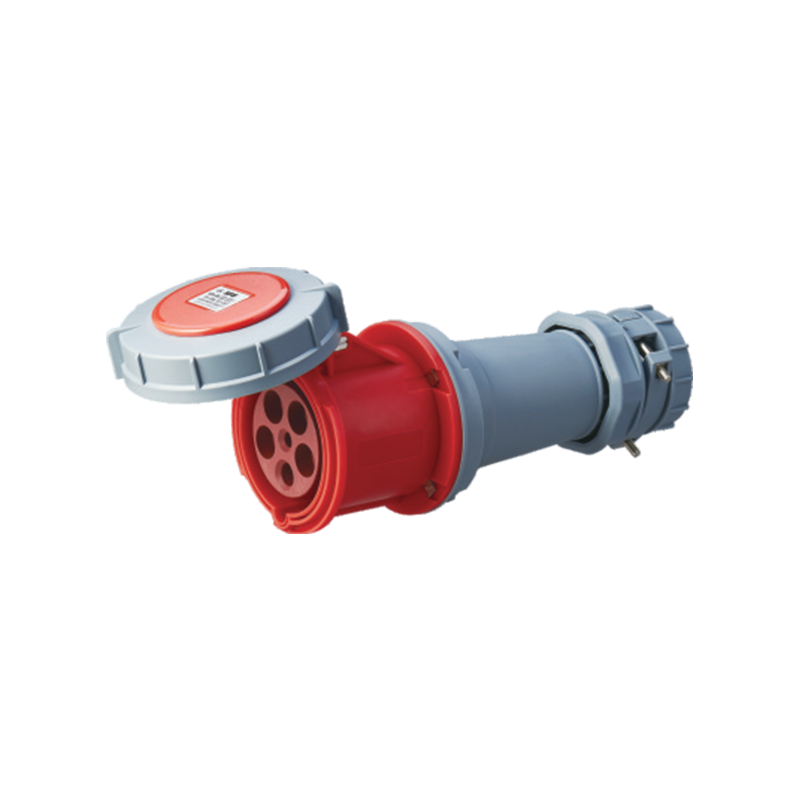Address: No. 199, Weiwu Road, Yueqing Economic Development Zone, Zhejiang Province, China.
When we talk about power in workplaces, two important parts are the Industrial Socket Outlet and the 3-Pin Plug Socket. These might look simple, but they are very important for safe and good working electrical systems. Their build, the materials used, and the safety features all help make sure that power is given to machines safely and that people are not put in danger.
What an Industrial Socket Outlet Does
In places like factories and workshops, electrical machines need more power and steady supply. An Industrial Socket Outlet is made to meet these needs. It gives a strong connection between the power supply and the machine. Home outlets are made for small appliances, but industrial outlets are made for bigger machines, higher power, and more use. So, they are built stronger and last longer.

Safety Parts That Lower Electrical Risks
Safety is very important for any electrical outlet. In industrial places, the risk is higher because the machines are bigger and the power need changes. To reduce these risks, Industrial Socket Outlets have safety parts. Overload protection stops the outlet from getting too hot when too much power is used. Grounding sends extra power safely to the ground, which lowers the chance of electric shock. Also, strong insulation materials keep people from touching live parts. This keeps workers safe even when the outlet is used a lot.
What a 3-Pin Plug Socket Does
The 3-Pin Plug Socket works with the Industrial Socket Outlet to connect machines safely. Each pin has a job: live, neutral, and earth. The earth pin is very important for safety. It takes any leaked power away from the user and into the ground. This is especially important where people work near machines. Because the design is standard, the 3-Pin Plug Socket also makes it hard to connect in the wrong way, which can cause problems or dangers.
Strength for Tough Places
Industrial outlets are often used in difficult conditions like dust, wet areas, or very hot or cold temperatures. To work well and stay safe, many are made with strong covers and weatherproof housings. This means they can be used inside or outside, like in factories, building sites, or temporary setups. Because they do not rust or break easily, these outlets make sure the power stays steady and safe even when conditions are bad.
Easy to Set Up and Use
Being easy to use also helps with safety. Outlets and sockets that have comfortable handles and clear labels help users connect machines the right way. Wrong connections and forced fittings often cause electrical problems. By making the user interface simple, Industrial Socket Outlets and 3-Pin Plug Sockets lower the chance of mistakes. In busy industrial places where people work quickly, these easy-to-use features help keep the workplace safe.
Where They Are Used
Safe power connections are needed in many industries. In a factory, outlets connect to machines that need to run all the time without stopping. On a building site, sockets support movable tools, lights, and big machines, often outside. In shops or event spaces, they support appliances, audio-visual equipment, and other electrical systems. In all these uses, Industrial Socket Outlets give safe, steady, and reliable power, which makes them very important.
Why Safety and Flexibility Matter Together
Besides protecting against electrical dangers, being able to adapt is also key for safety. Machines often need different voltages and plug types. Industrial outlets are made to work with this variety. Modular options let businesses set up their power systems based on what they need. This reduces the need for unsafe solutions, like too many extension cords or adaptors that are not approved. So, Industrial Socket Outlets help make the workplace both efficient and safe.
Why Good Power Connections Are Worth It
For any business that uses machines or electrical systems, the choice of socket outlet is important. An Industrial Socket Outlet, together with a correct 3-Pin Plug Socket, does more than give electricity—it makes the workplace safer, more organized, and stronger. With smart design, strong materials, and built-in safety features, these parts make sure that power distribution helps productivity and lowers risks for people and equipment.
